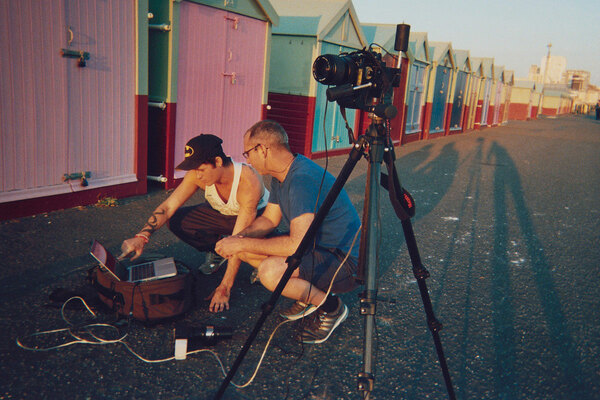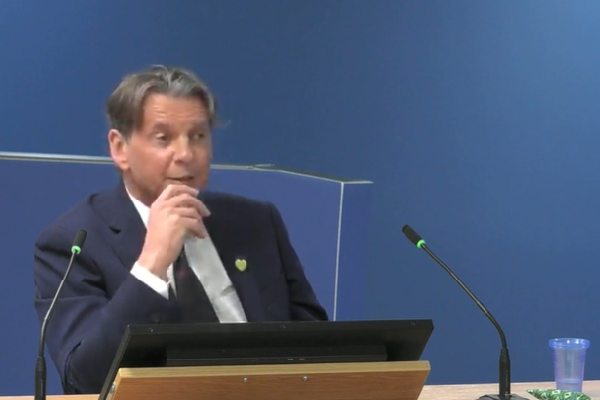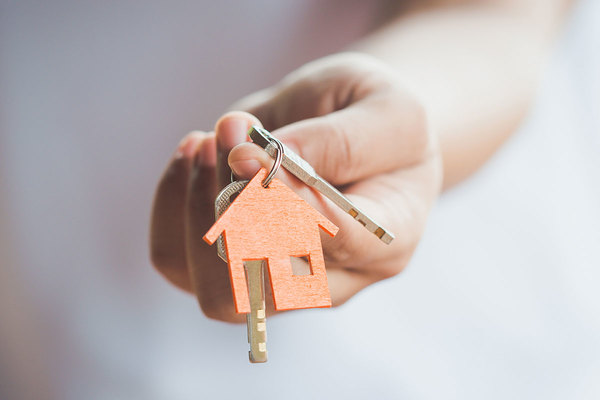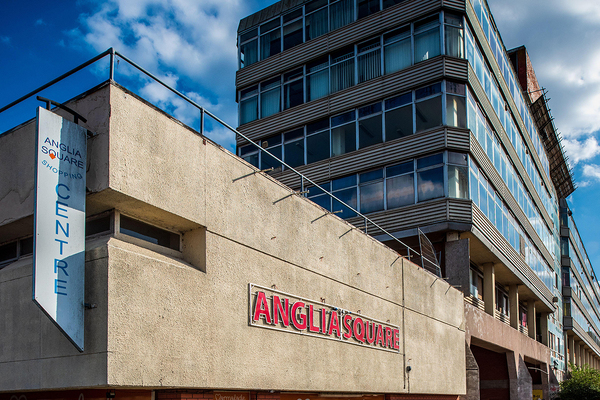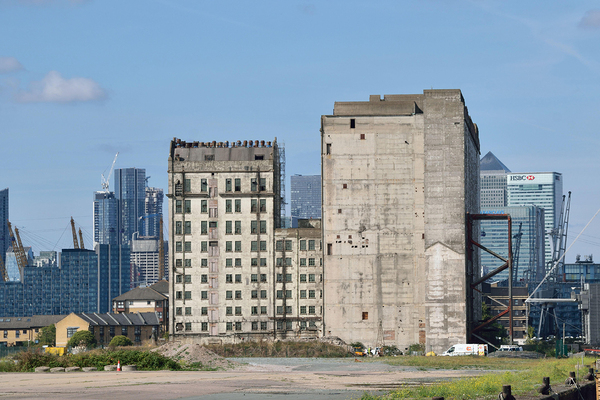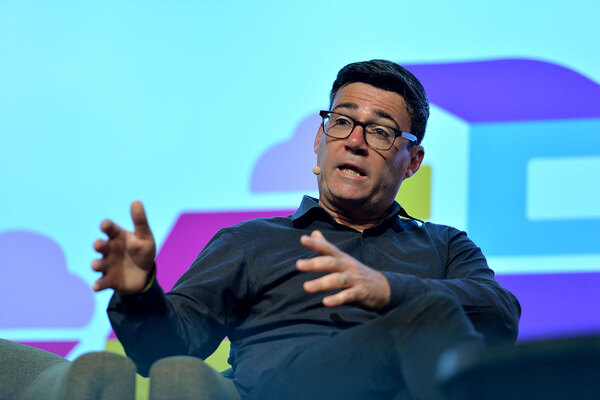You are viewing 1 of your 1 free articles

If we don’t challenge the narrative around social housing, we’re complicit in its stigmatisation
It’s time for social landlords to step up in the fight against stigma. A new report suggests how they should go about it, writes Paul Taylor
George Orwell once said England was the most class-ridden country under the sun. “It is a land of snobbery and privilege, ruled largely by the old and silly.”
Throughout The Road to Wigan Pier, first published in 1937, the author describes the conditions of the poor in vivid detail. The most pointed language, though, is reserved for the purveyors of the opinion that the poor bring those conditions on themselves through wilful acts of choice; they just didn’t try hard enough.
More than 80 years later, those opinions are still prevalent. Every day in England, people are judged negatively and even discriminated against because they rent their home from a social landlord.
So begins a new report on Stigma and Social Housing in England by Amanze Ejiogu and Mercy Denedo. Although stigmatisation of social housing has long been a subject of conversation amongst landlords and tenants, research on social housing stigma has been scant.
I was interviewed, alongside many tenants, housing professionals and other stakeholders, and I welcome what is a detailed look at the causes of stigma and, in particular, the finding that stigma is not a one-way street. It can be understood, and reversed.
The word stigma derives from the Greek word stizein – a tattoo that was placed on slaves to identify their position at the bottom of the social structure and to indicate that they were of less value to society. Today, stigma is understood to mean a social construction whereby a distinguishing mark of social disgrace is attached to others in order to identify and devalue them.
The key words here are ‘social construction’ – stigma doesn’t occur naturally. Stigma functions as a form of power, which is why we need to treat it seriously. When it is left unchallenged, it can lead to the exploitation, control or exclusion of others.
I’ve written before in Inside Housing about how I feel the sector has failed to correctly diagnose the causes of stigma. My view has been that talk of a ‘social housing stigma’ bundles a lot of disparate issues into one catch-all phrase.
It’s good to see this explored in the research. It points at social housing stigma being much more complex than is usually assumed, because it intersects with other stigmas, such as poverty stigma, crime stigma, mental health and disabilities, and race and immigration stigma. These often intersect, with many of these intersections being direct results of the residualisation of social housing.
As the report says, the stigmatisation material produced by the media through TV and news further conflates social housing with poverty, anti-social behaviour and dysfunctional value systems, and is consumed by all facets of society. This has had a significant influence on the stigmatisation of social housing and its tenants by the public.
Importantly, the authors point out that this stigmatisation material is able to thrive because of the lack of a strong counternarrative, which could perhaps be created by a strong tenant voice at national, regional and local levels.
They suggest redesigning the regulatory and governance arrangements of social housing providers to make these providers more accountable to tenants. We’ve all heard that before. And I don’t say that to denigrate the report, more to criticise the sector for what has been a failure to make a voluntary shift to a genuinely democratic and participatory footing.
The report ends with a call to action for a deliberative and collective effort to tackle stigma, involving the media, government, housing providers, residents and the public. The consultation is open until October and I think it’s important that we all respond and commit to definite actions.
“The way we talk to and about people has a material impact. It leads to bad decisions, by putting disparate groups together in one convenient box. It labels people and changes our behaviour towards them, reinforcing distinctions between the deserving and undeserving”
We must recognise that our own sector is sometimes guilty of stigmatisation. For instance, we still talk about vulnerable customers. The term ‘vulnerable’ can imply a lack of agency or that the person has an increased likelihood that they might come into harm’s way. It implies that they cannot be expected to assume the same responsibilities as other, ‘normal’, people.
The way we talk to and about people has a material impact. It leads to bad decisions, by putting disparate groups together in one convenient box. It labels people and changes our behaviour towards them, reinforcing distinctions between the deserving and undeserving.
It’s time to step up. Starting today, we can all stop making assumptions and begin to promote a shared belief in the equal dignity of all people regardless of their income or tenure.
If we don’t challenge this narrative of vulnerable communities, of housing winners and losers, we’ll not only fail to fight stigma, we’ll be complicit in its continuation, rather than its reversal.
Paul Taylor, innovation coach, Bromford
Sign up for the IH long read bulletin
Already have an account? Click here to manage your newsletters

